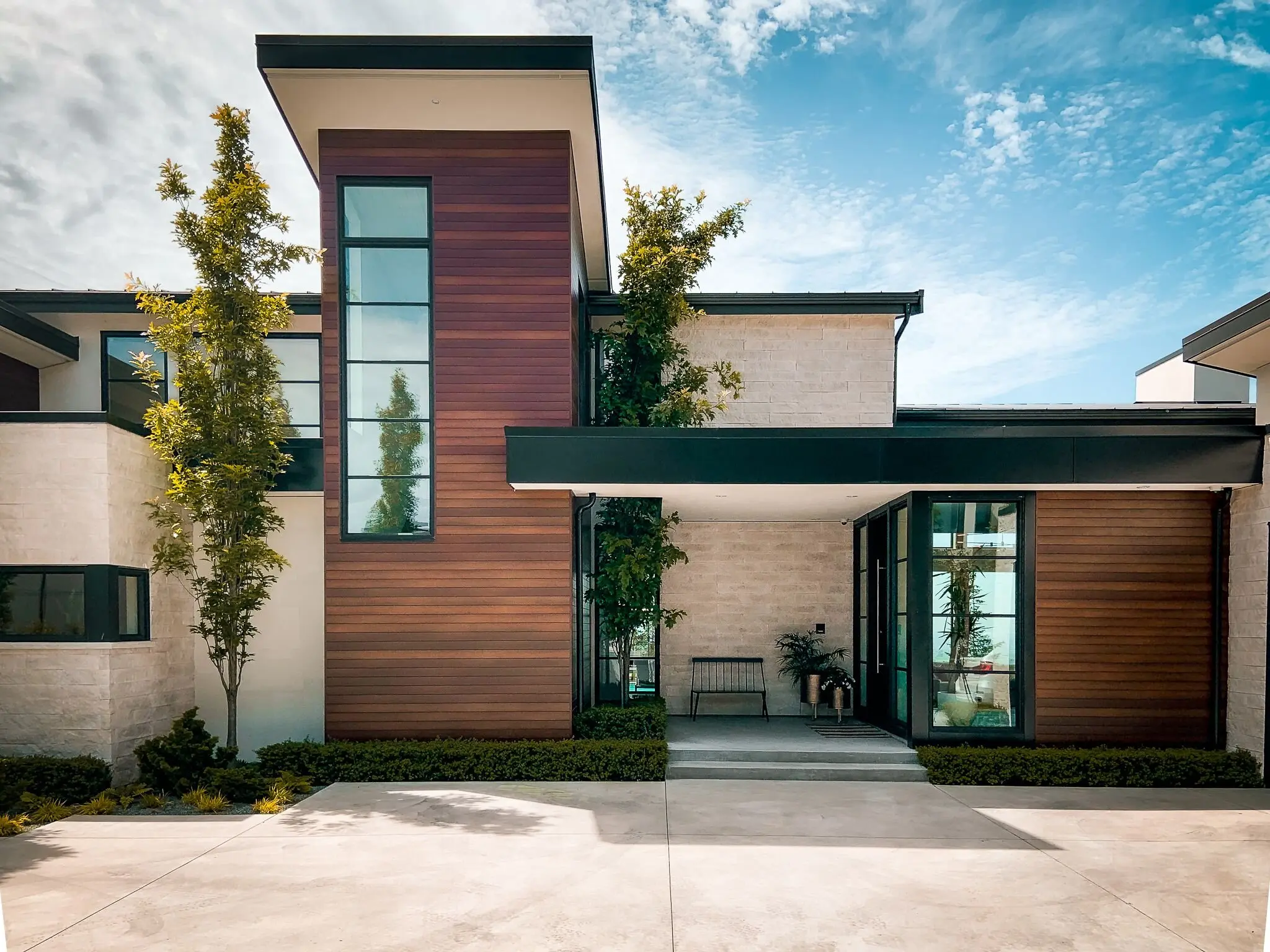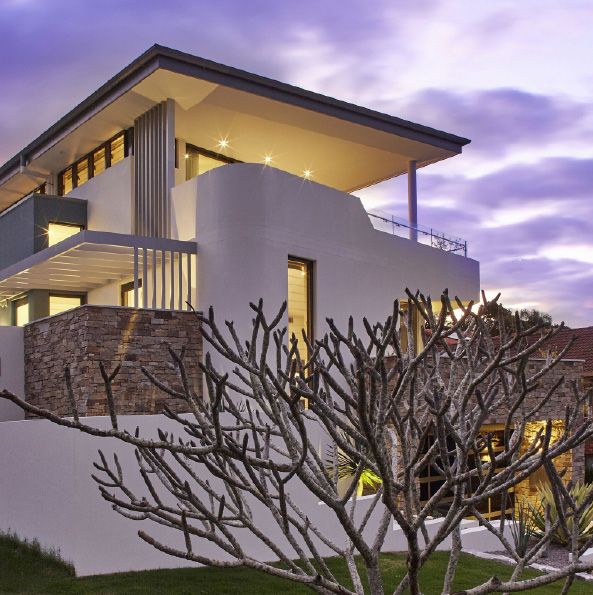Elevate Your Living Space with Residential Architecture Homes Crafted by Experts
Wiki Article
Exactly How Residential Architects Create Custom-made Homes for every single Way Of Life
The process by which household designers layout personalized homes is a nuanced interplay of comprehending customer requirements and converting those understandings right into functional home. Through detailed assessments and making use of design devices, engineers capture the significance of their clients' way of lives, making certain that each home shows individual worths and goals. This joint approach prolongs past initial ideas, including sustainable methods and cutting-edge technologies to improve day-to-day living. As we explore the complex actions involved in this transformative process, a deeper recognition for the architect's duty fit one-of-a-kind settings starts to emerge.Comprehending Client Needs

Efficient interaction is critical in this procedure. Architects need to encourage customers to articulate their way of lives, family members dynamics, and future desires, guaranteeing that the layout reflects their one-of-a-kind identity. By utilizing devices such as questionnaires, meetings, and aesthetic surveys, engineers can gather useful understandings into the client's vision.
Moreover, understanding the context in which a home will certainly exist is vital. Designers must consider variables such as the site attributes, neighborhood climate, and cultural influences that can affect the layout. This holistic approach permits the production of rooms that are not just aesthetically pleasing however likewise functional and lasting.
Eventually, a deep understanding of client needs allows designers to develop tailored homes that boost the top quality of life for their occupants, fostering a sense of belonging and comfort within their living environments.
Design Process and Collaboration
The design process in residential architecture is a dynamic interaction of creative thinking and cooperation, where engineers, customers, and numerous stakeholders function very closely to bring a vision to life. This repetitive journey normally begins with a series of meetings to develop a thorough understanding of the customer's desires, choices, and way of life requirements. During these discussions, engineers collect necessary info, enabling them to conceptualize layouts that line up with the client's vision.Following the first appointments, the style phase evolves via illustrations, 3D designs, and architectural makings. This aesthetic communication functions as a device for designers to present concepts, while likewise inviting customer feedback, ensuring that the last style resonates with their assumptions. Effective cooperation with designers, specialists, and interior developers is important during this phase, as it ensures that all useful elements of the task are effortlessly integrated.

Incorporating Lifestyle Elements
Integrating way of life aspects into domestic design is vital for creating spaces that truly reverberate with the occupants. residential architecture homes. This process begins with understanding the one-of-a-kind demands, preferences, and daily regimens of the home owners. Designers take part in comprehensive conversations to discover how the individual or family members utilizes their space, whether for enjoyable visitors, pursuing leisure activities, or looking for quiet hideaway
As soon as these insights are collected, designers can tailor layout functions that enhance day-to-day experiences. As an example, open layout may be made for households that prioritize togetherness, while committed offices can be integrated for those that work from home. Exterior areas, such as yards or outdoor patios, can be emphasized for family members that delight in outside activities or amusing.
In addition, versatility is a vital consideration; multi-functional rooms enable versatility as way of livings develop with time. Customized storage space services can additionally be incorporated to satisfy certain company needs, making certain that the home remains practical and clutter-free. Ultimately, by thoughtfully weaving way of life components right into the architectural fabric, property engineers create customized homes that not only meet visual needs but also substantially enhance the quality of life for their customers.
Sustainable and Smart Design
Lasting and clever layout increasingly plays a pivotal duty in domestic design, as house owners look for to lessen their ecological influence while enhancing their living experiences. Architects are now integrating environmentally friendly materials, energy-efficient systems, and ingenious innovations to produce homes that not only meet aesthetic desires but also offer the earth.Including renewable resource resources, such as solar panels and wind turbines, allows homeowners to harness natural deposits, dramatically lowering dependence on standard power grids. Smart home innovations even more enhance sustainability by maximizing power usage through automated systems that manage home heating, cooling, and lighting based on tenancy and preferences.
In addition, making use of sustainable structure materials-- like redeemed timber, bamboo, and recycled steel-- advertises a circular economy, lowering waste and resource intake. Designers also stress passive layout principles, ensuring homes are oriented for optimum natural light and air flow, thereby decreasing the need for fabricated heating & cooling.
In addition to eco-friendly benefits, lasting and wise layout adds to the general comfort and wellness of residents. By focusing on interior air high quality and all-natural elements, engineers create areas that cultivate well-being, enabling homeowners to prosper attuned to their environment.
Wrapping Up and Implementing Plans
Wrapping up and implementing plans is a critical phase in the household architecture process, where the vision of a tailored home starts to materialize. This stage entails thorough attention to detail, making certain that every aspect of the design is exactly expressed and all set for construction. residential architecture homes. Architects work together carefully with customers to assess final plans, attending to any kind of last-minute modifications or issues, while making sure that all aspects line up with the house owner's way of life requirementsAs soon as plans are wrapped up, architects prepare detailed building and construction documents, consisting of thorough illustrations and requirements that act as a plan for builders. These documents outline products, coatings, and installment techniques, supplying clearness for professionals and subcontractors. Additionally, securing necessary authorizations and sticking to regional building codes is important, as it guarantees conformity and smooth task implementation.
Effective communication is essential throughout this stage. Routine updates and discussions with building contractors assist to reduce potential concerns before they arise. By cultivating a collective environment, engineers can ensure that the implementation straightens with the original vision. Ultimately, this critical phase changes ideas into fact, laying the foundation for a home that mirrors the special lifestyle and choices of its residents.
Verdict
In conclusion, domestic designers play an essential function in crafting personalized homes that provide to varied way of livings. Via thorough understanding of customer demands, joint layout procedures, and the combination of way of life aspects, designers make sure that each home mirrors individual residential interior architect choices.The procedure by which residential engineers style tailored homes is a nuanced interplay of recognizing client requirements and translating those understandings into functional living areas. Through extensive examinations and the use of style tools, architects record the significance of their clients' lifestyles, ensuring that each home mirrors individual values and aspirations. Engineers must motivate clients to express their way of lives, household dynamics, and future desires, making sure that the style reflects their one-of-a-kind identity.The design procedure in domestic architecture is a vibrant interplay of creative thinking and partnership, where architects, customers, and various stakeholders function carefully to bring a vision to life - residential architecture homes. Through careful understanding of client demands, collective layout processes, and the assimilation of way of life aspects, architects make sure that each home reflects private preferences
Report this wiki page